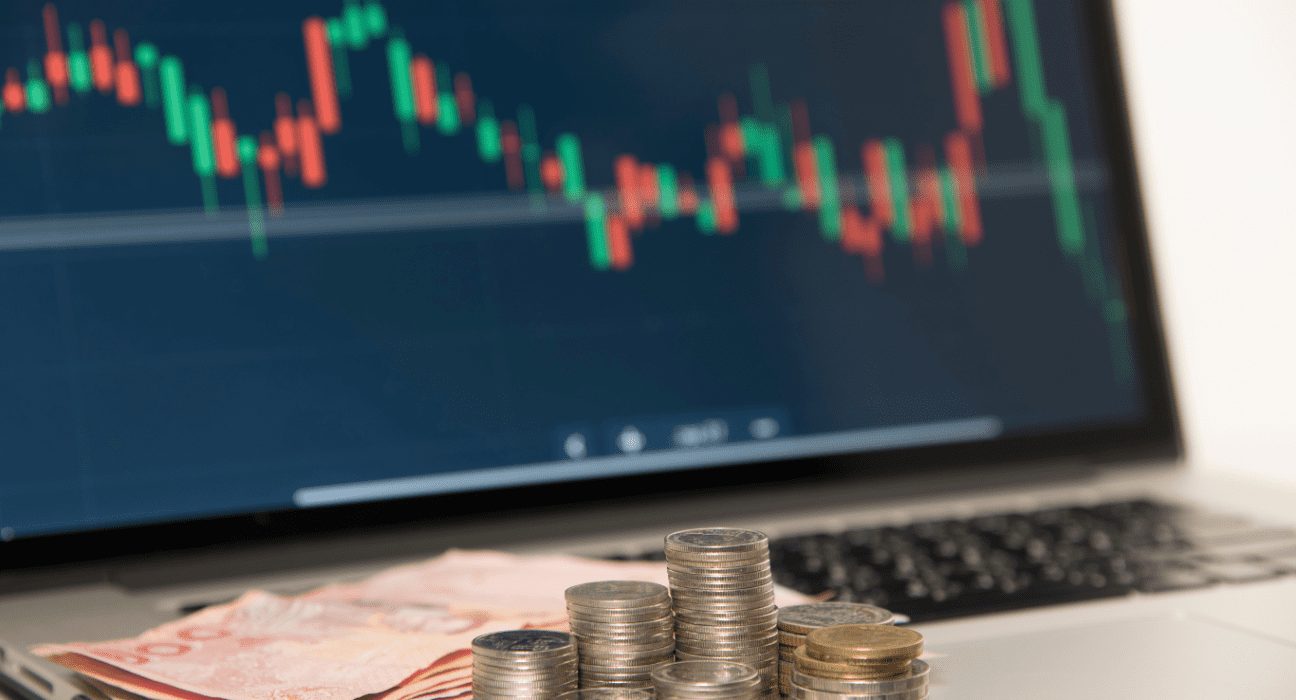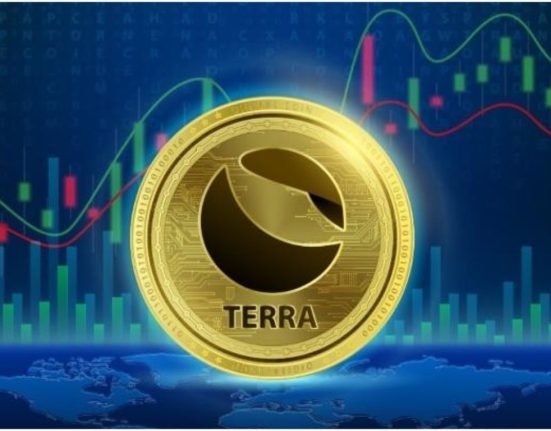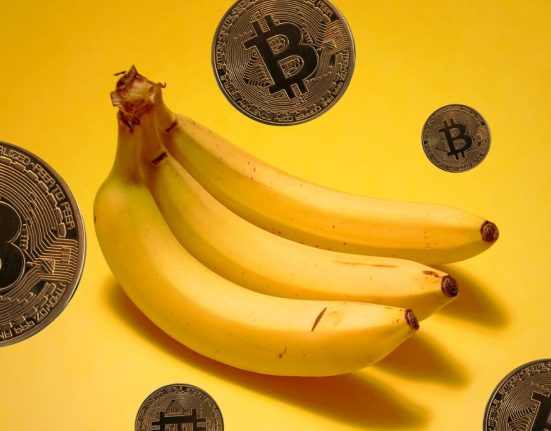Trading in the cryptocurrency market can be both exciting and challenging. With its high volatility, it is essential to have a deep understanding of the market trends to maximize your profits and minimize your losses. One of the most critical concepts in cryptocurrency trading is understanding support and resistance levels. In this article, we will delve into what these levels are and how to use technical analysis to identify them in the crypto market.
What are Support and Resistance Levels?
Support and resistance levels are price points where the market has a hard time breaking through, moving either up or down. A support level is the price point where the market has a hard time falling below, whereas a resistance level is the price point where the market has a hard time breaking above. These levels act as barriers to entry or exit for traders and indicate changes in market sentiment.
How to Identify Support and Resistance Levels in Crypto Trading?
Traders have several techniques for identifying support and resistance levels in cryptocurrency trading, including:
Trend Lines
A trend line is a straight line that connects two or more price points and is used to identify a current trend in the market. To identify a support level, traders draw a trend line connecting the lows of the price and extending it into the future. Similarly, to identify a resistance level, traders connect the highs of the price and extend it into the future. If the market continues to respect these trend lines, they can provide reliable levels of support and resistance.
Moving Averages
Moving averages are a simple yet effective tool for identifying support and resistance levels in the crypto market. By averaging the closing prices over a specific time frame, moving averages can help traders identify the trend and potential levels of support and resistance. The most common moving averages used in cryptocurrency trading are the 50-day and 200-day moving averages.
Fibonacci Retracements
Fibonacci retracements are a popular tool used in technical analysis to identify potential levels of support and resistance. The tool is based on the idea that after a significant price move, the market will retrace a predictable portion of the move, after which it will continue to move in the original direction. By plotting horizontal lines at key Fibonacci levels, traders can identify potential levels of support and resistance.
Pivot Points
Pivot points are another popular technique used to identify support and resistance levels in the crypto market. Pivot points are calculated using the previous day’s high, low, and close prices and are plotted as horizontal lines on the chart. Traders use pivot points to identify potential levels of support and resistance for the current day’s price action.
Traders can analyze key levels of support and resistance in the cryptocurrency market to make informed trading decisions. By understanding when and where to enter and exit trades, traders can minimize their losses and maximize their profits in the crypto market.
Conclusion
In conclusion, support and resistance levels are critical concepts in cryptocurrency trading that provide traders with key entry and exit points. By using technical analysis tools such as trend lines, moving averages, Fibonacci retracements, and pivot points, traders can identify these levels and make informed trading decisions. Remember to always keep a close eye on market trends and keep updated with any news that may affect the market to maximize your profits and minimize your losses in the crypto market.










